
Alice May Bates Rice was a soprano singer, born in the U.S. state of Massachusetts.

Jane Meade Welch was an American journalist and historian who lectured and wrote on American history. She was the first woman in Buffalo, New York to become a professional journalist, the first American woman to lecture at Cambridge University, and the first American woman whose work was accepted by the British Association. Welch was a pioneer among American women in developing an extensive group of American history lecture courses.

Lady Mary Alice Seymour was a 19th-century American musician, author, elocutionist, and critic. She was referred to as "Octavia Hensel" in the music world, where she was an internationally-known music critic. As a critic, Seymour was renowned. Her musical nature, her superior education, her thorough knowledge of the laws of theory and familiarity with the works of the great composers of the classic, romantic and Wagnerian schools, and the later schools of harmony, gave her a point of vantage above the ordinary. She was one of the original staff writers on the Musical Courier, having been its correspondent from Vienna and other European centers. Seymour played the piano, harp, guitar and organ, but never appeared on the stage, except for charitable events, as her relatives were opposed to her pursuing a professional life. A "confirmed bluestocking", Seymour was also a polyglot who spoke seven languages fluently: German, French, Spanish, Italian, Portuguese, Romanian, and Hungarian dialects. She died in 1897.

Blanche Hermine Barbot was a Belgian-American musical director and pianist.

Clara Maria Brinkerhoff was an American singer and musical educator. She sang in public while still a child, her voice and culture attracting the attention of the highest and most critical circles. Her father, Mr. Rolph, would not consent to her going on stage as a professional singer, so only the occasional concert employed her voice when she was still young.

Emma Beckwith was an American suffragette, bookkeeper, optician, and inventor.

M. E. Willson was an American gospel singer, lyricist, composer, and evangelist. She contributed words and music to most of the gospel song-books published between 1881 and 1893.
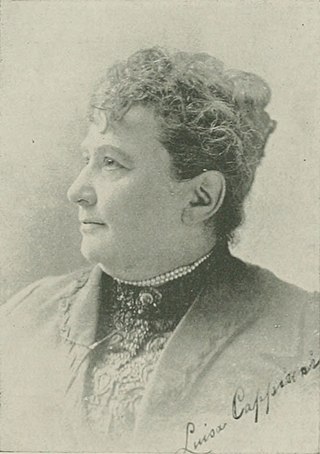
Luisa Kapp-Young, was an Austrian dramatic operatic soprano, musical educator, and essayist who used the principle of the Aeolian harp emission of tone, which excluded all effort in the throat, and preserved the voice. Kapp-Young made her debut after the death of her husband, Gisbert Kapp, in 1859. In 1861, she sang Wagner roles in Rotterdam. In the United States, she appeared in 1867 as Mme. Kapp-Young. After several seasons in Italy, she came back to the United States, and established herself under the name of Cappiani as a teacher in Boston and New York City. In 1884, she was one of the original founders of the American Federation of Musicians, and the only woman initially elected. After 1899, she lived permanently in Milan, and died in Zürich in 1919. Her essays on the voice were reproduced in many musical papers in the U.S. and other countries. She died in 1919.
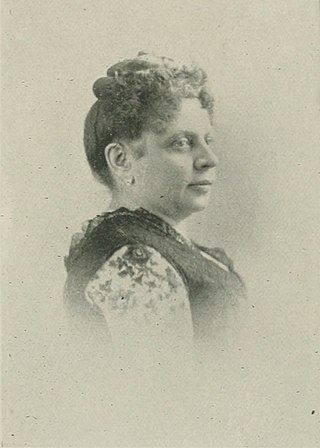
Mary E. C. Bancker was an American author. she produced the opera Dovetta in April 1889, in the Standard Theater in New York.

Jennie Kimball was an American actor, soubrette, and theatrical manager.

Mary Frances Scott-Siddons, frequently referred to as Mrs. Scott-Siddons, was a British actor and dramatic reader. Her paternal great-grandmother was Sarah Siddons.
Frances Elizabeth Barrow was a 19th-century American children's writer.
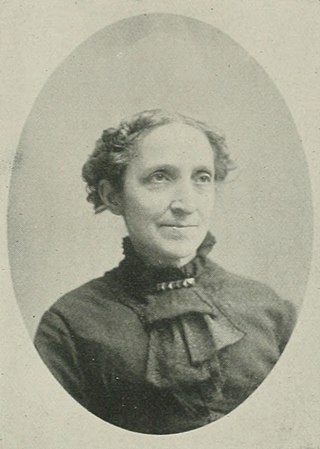
Mary Helen Peck Crane was a 19th-century American church and temperance activist, as well as a writer. She was the mother of the writer, Stephen Crane. She died in 1891.
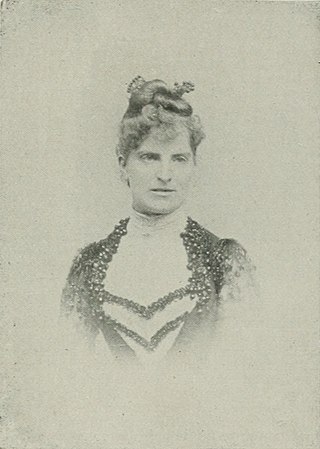
Lillie Berg was an American musician and musical educator.

Emily Lee Sherwood Ragan was an American author and journalist. She was engaged in journalism in Washington, D.C., 1888–1900, and was also a contributor to other papers and magazines. By 1899, she engaged as special writer and searcher of Library of Congress. Ragan served as press superintendent of the Woman's Christian Temperance Union (WCTU) of D. C.; and president of the board of directors of the Women's Clinic. Ragan was a charter member of the National Society of the Daughters of the American Revolution (D.A.R.); and was the corresponding secretary for eighteen years of the Woman's Universalist Missionary Society, then known as Women's Centenary Association. Ragan favored woman suffrage. She was the author of Willis Peyton's Inheritance, 1889; and collaborator with Mary Smith Lockwood in preparing and publishing The Story of the Records.
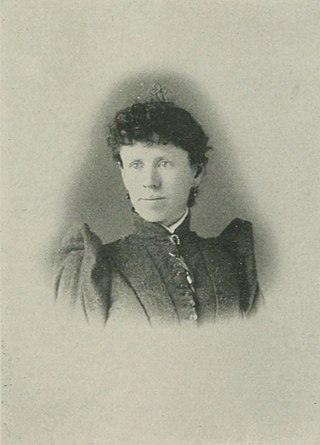
Eva C. Doughty was an American journalist, newspaper editor, and suffragist. She was the co-founder of the Michigan Woman's Press Association and the Mt. Pleasant Library, Literary and Musical Association. She served as president of the Grand Rapids Equal Suffrage Association.
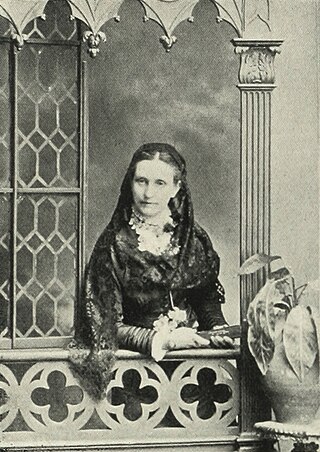
Maria Elise Turner Lauder was a Canadian teacher, linguist, and author who travelled extensively in Europe. She published novels and poetry, but mostly was known for writing about her travels. Lauder was also a philanthropist, involved in the temperance movement.

Corelli C. W. Simpson was an American poet and cookbook author, who painted many artistic works in oil. In 1864, she opened the first kindergarten in Bangor, Maine.

Gertrude Franklin was an American singer and music educator. Born Virginia H. Beatty, she was better known to the musical world as Gertrude Franklin, a name she took when she first became a professional singer. In private life, she was known as Virginia Beatty Salisbury. For a period of about 30 years, Franklin sang in concert and oratorio in many cities. She had the largest repertoire of any American singer in her day, also the largest collection of arias and orchestra scores for the concert stage. After marriage, she gave up concert work and became one of the most widely- and favorably-known of Boston's vocal teachers.

Amanda Swenson was a Swedish-born American soprano singer and teacher. A member of the Swedish Ladies' Quartette as a young woman, she was a voice teacher in Salt Lake City, Utah, U.S. where her Ladies' Chorus won the Eisteddfods.























